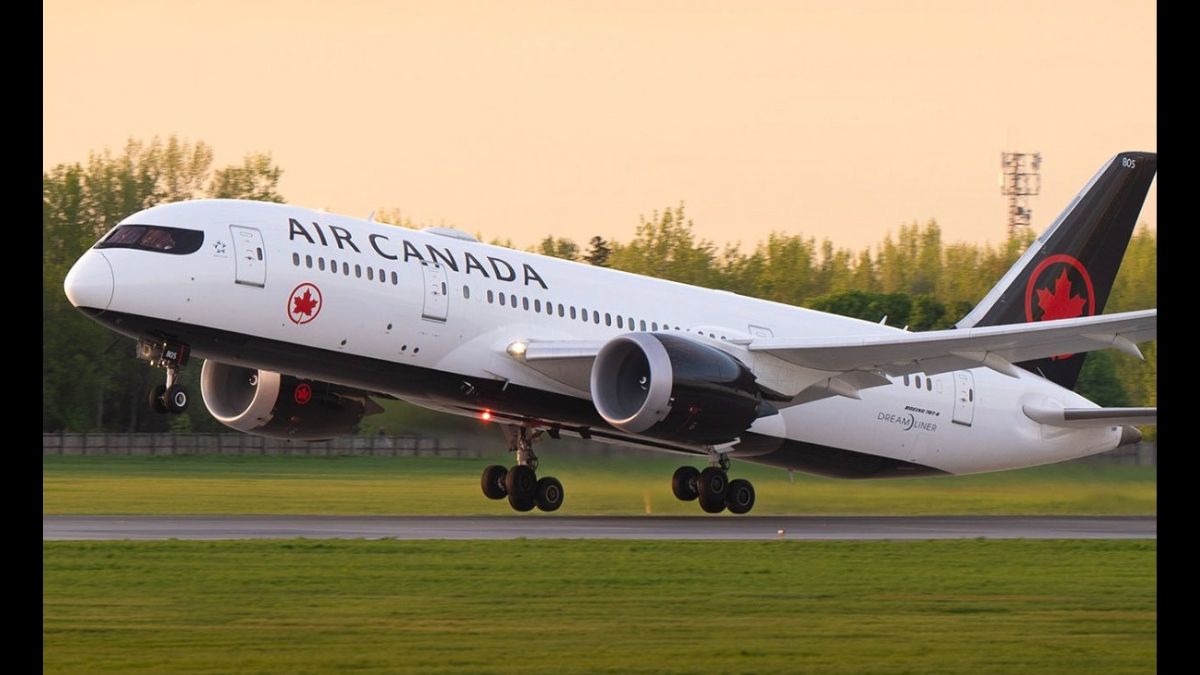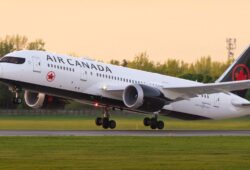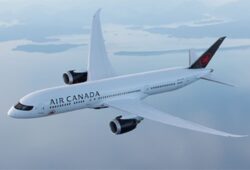
The labor crisis at Air Canada reached its peak on August 16, when the airline announced the total suspension of Air Canada and Air Canada Rouge flights due to the strike of 10,000 flight attendants represented by the Canadian Union of Public Employees (CUPE).
The measure began at 12:58 a.m. (Eastern Time), affecting thousands of passengers who already had scheduled trips. Although Air Canada Jazz and PAL Airlines flights continue to operate normally, the strike threatens to impact the mobility of approximately 130,000 customers each day the conflict continues.
The company acknowledged that since August 13, when CUPE issued the 72-hour strike notice, it had been gradually reducing its schedule of nearly 700 daily flights.
The goal was to manage the impact of the strike while seeking a negotiated agreement to avoid a total disruption. However, the lack of agreements led to the widespread suspension of operations.
Air Canada strike: Start time and reason for the conflict
The exact start of the strike was recorded at 12:58 a.m. on August 16. Just 30 minutes later, the airline announced a formal lockout, meaning the shutdown of activities for its flight attendants, in response to the union movement.
Thus, both the strike and the lockout went into effect simultaneously, grounding much of Air Canada and Air Canada Rouge’s fleet.
The conflict between the airline and CUPE originated in the negotiation of a new collective agreement. Air Canada insists it remains open to dialogue, but the union’s decision to strike, combined with the company’s lockout response, highlights the rigidity of both sides.
The company expressed regret for the effects on passengers and reiterated that it is working to reach an agreement that will restore service as soon as possible.
Air Canada strike: What should customers do?
Meanwhile, Air Canada has asked travelers not to go to the airport unless they have a confirmed ticket with another airline. It also implemented a flexible policy allowing customers with flights not yet canceled to rebook their trips or request credit for future purchases.
The airline maintains updated information on its website, where passengers can check available changes and options.
Passengers with tickets purchased or reservations made up until August 14, 2025, and who planned to travel between August 15 and 19, will be able to change their flight at no cost.
The available alternatives include:
- Rebooking the trip for another date between August 21 and September 12, 2025.
- If holding a non-refundable ticket, travelers may cancel the itinerary and receive the balance in their Air Canada Wallet or as a Future Travel Credit.
- Passengers who booked through Air Canada Vacations must manage changes directly with that division.
The airline also specified that customers with tickets purchased on or before August 15, 2025, and whose flights were scheduled between August 16 and 17, may request a full refund for the unused portion of the ticket.
This measure does not apply to Air Canada Express flights, operated by Jazz and PAL, which continue to operate as scheduled.
The situation also affects Air Canada’s reputation, as it faces one of its biggest logistical and brand challenges in recent years.
The strike and lockout of flight attendants mark a critical episode for Canadian aviation. While the company says it continues negotiating with CUPE, uncertainty remains for those who depend on the airline.








